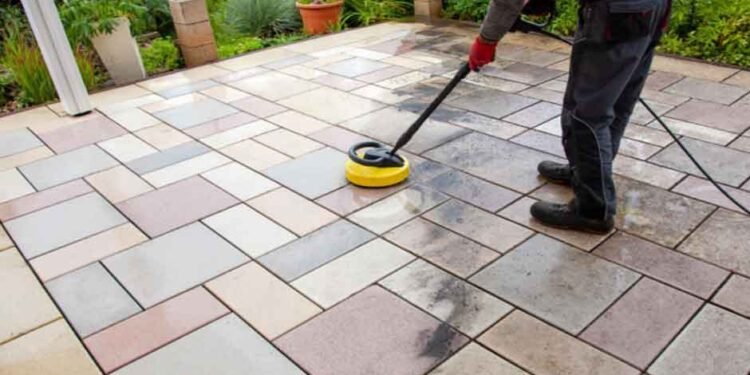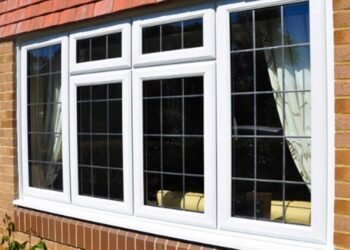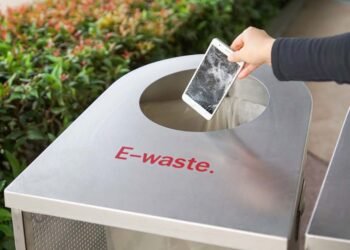When it comes to keeping your patio pristine, understanding the nuances between pressure washing and soft washing is crucial. Both have their place in the realm of outdoor maintenance, but selecting the right method can make a world of difference for your patio’s longevity and appearance.
Understanding Pressure Washing
At its core, pressure washing involves the use of high-pressure water spray to remove stubborn dirt, grime, and other unsightly deposits from surfaces. It’s a powerhouse when dealing with concrete patios, pavers, and stone pathways that can withstand the intense water pressure.
Advantages of Pressure Washing:
- Quick and efficient:Ideal for large patios needing a fast clean.
- Power against tough stains:Removes difficult stains such as chewing gum and mildew.
Disadvantages of Pressure Washing:
- Surface damage risk:Incorrect use can etch or strip finishes from delicate patio materials.
- Water usage:Higher water usage and potential for chemical runoff.
Understanding Soft Washing
Soft washing opts for a gentler approach. It uses lower water pressure combined with specialized cleaning solutions to break down dirt and kill organisms like algae and mold.
Advantages of Soft Washing:
- Surface preservation:Safe for vinyl sidings, wood deckings, and other soft surfaces.
- Deep cleaning:Solutions penetrate and clean beyond the surface for longer-lasting results.
Disadvantages of Soft Washing:
- Selectivity:It may not cut through all types of dirt.
- Time consumption:More time-intensive than pressure washing.
Analyzing Patio Materials
| Patio Material | Characteristics | Recommended Cleaning Method |
| Concrete | Durable, porous | Pressure Washing |
| Brick | Resilient, prone to moss | Soft Washing or Pressure Washing with care |
| Stone | Sturdy, varies by type | Soft Washing |
| Wood | Delicate, absorbs moisture | Soft Washing |
Pressure Washing vs. Soft Washing for Patios
- Pressure Washing Scenarios:Ideal for non-resilient stains on concrete and brick.
- Soft Washing Scenarios:Best for delicate materials and areas with landscaping. You Should use an Eco friendly Patio Cleaner for soft washing to get a stainless and bright patio and decks.
Safety Considerations and Best Practices
- Protect the area:Cover plants and furniture to prevent damage.
- PPE:Wear goggles, gloves, and ear protection when operating a pressure washer.
Environmental Impact and Sustainable Practices
- Eco-friendly solutions:Opt for biodegradable cleaning agents.
- Water conservation:Consider a water recycling system to lower waste.
DIY vs. Professional Cleaning Services
- DIY Consideration:Manageable for small patios and basic upkeep.
- Professional Benefits:Access to industrial equipment and expert techniques.
Maintenance Tips for a Clean Patio
- Sweep regularly to minimize staining.
- React quickly to spills to prevent permanent marks.
- Seal your patio as recommended to protect its surface.
Additional Patio Care Considerations
Anticipate the challenges of seasonal cleaning and learn about specific treatments for common stains. Prevention is best, but knowing how to handle oil, rust, or mold can be patio-saving knowledge.
Conclusion: Making the Best Choice for Your Patio
In summary, pressure washing is the go-to for fast, effective cleaning of hardy surfaces, while soft washing preserves the integrity of more fragile materials. Consider your patio’s specific needs, your personal preferences, and environmental factors before choosing the method that will keep your outdoor space welcoming and well-maintained year-round.












